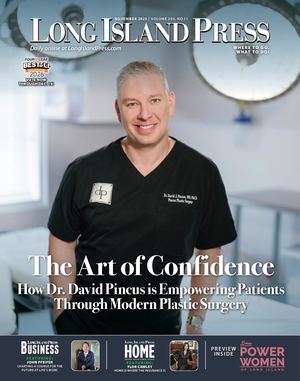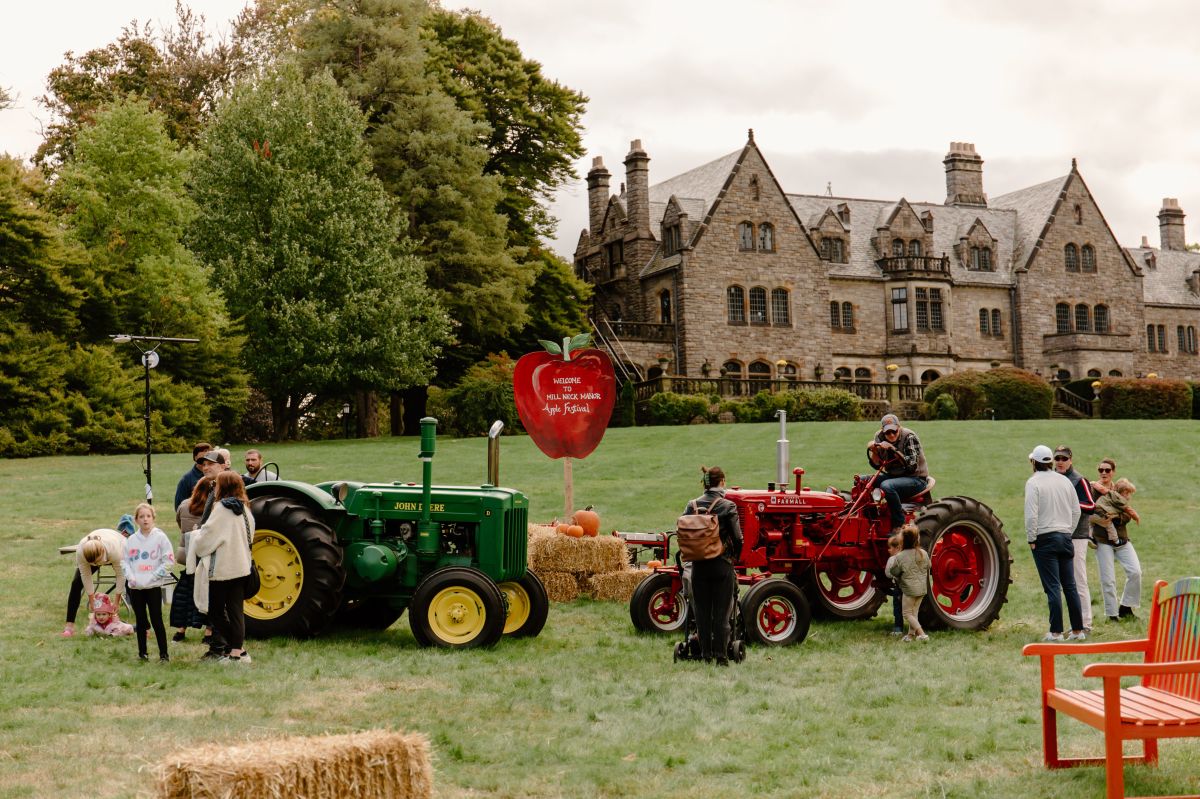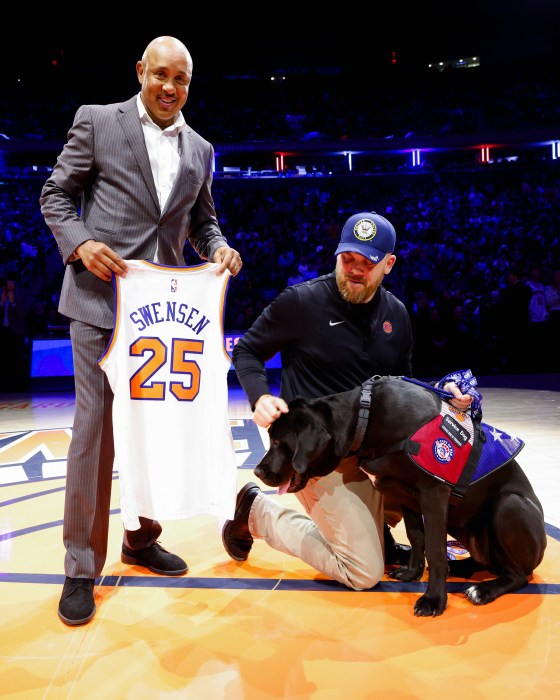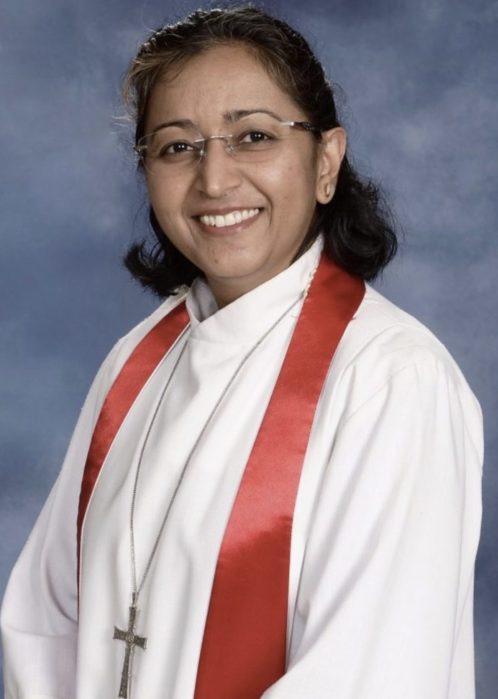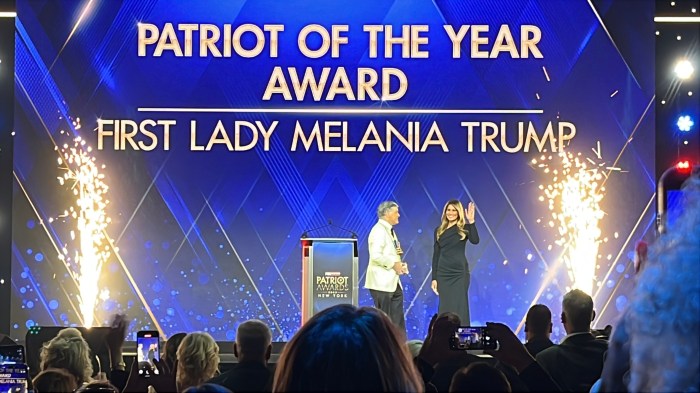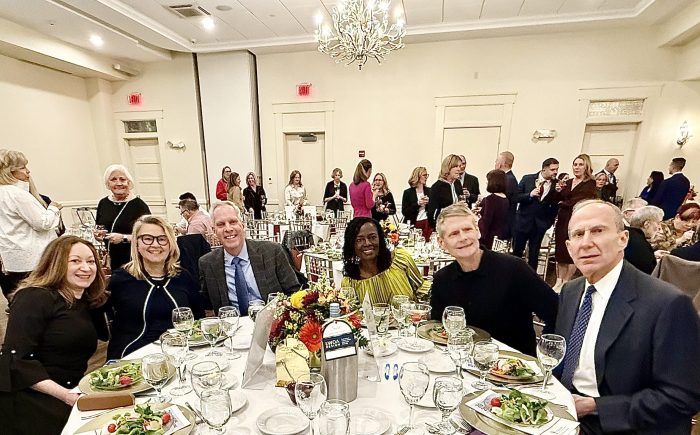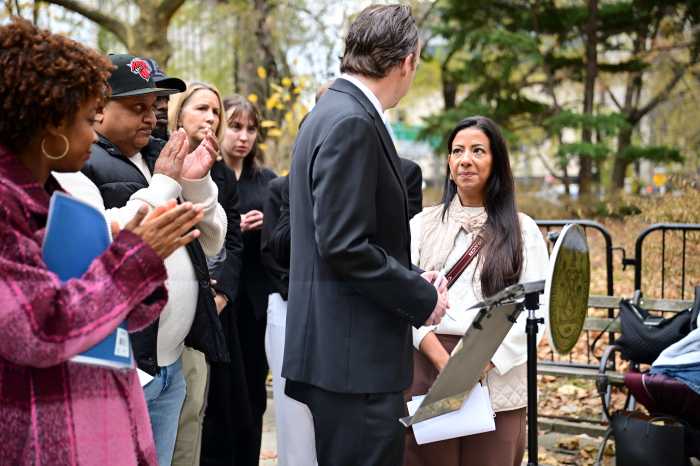The sprawling 86-acre grounds of Mill Neck Manor will once again fill with the aroma of fresh apples, handmade crafts and gourmet treats when the Mill Neck Apple Festival returns Oct. 11–12.
The two-day celebration, now in its 69th year, has become one of Long Island’s most beloved fall traditions, drawing thousands each October. But beyond the food and festivities, the event plays a vital role in supporting the Mill Neck Family of Organizations, which provides education, employment and advocacy for deaf and hard-of-hearing individuals, as well as those with intellectual and developmental disabilities.
“This is our biggest fundraiser of the year,” said Tim Charon, chief operating officer of Mill Neck. “The proceeds go directly to helping our mission, which includes our kindergarten through 12th grade school for deaf and hard-of-hearing students and our adult program for deaf and hard-of-hearing adults with developmental disabilities.”
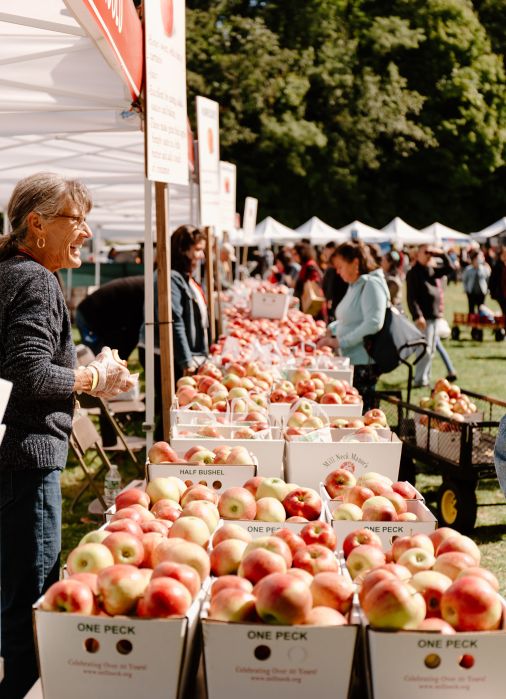
The festival’s origins trace back to the 1950s, when the estate’s groundskeeper oversaw a 600-tree apple orchard and greenhouses on the property. Produce and apples grown on-site were sold during October weekends, with proceeds helping to maintain the manor. That simple community “apple sale” eventually evolved into the large-scale festival it is today.
“Originally, we had two greenhouses and the orchard,” Charon said. “They would grow produce and apples and sell them to raise money for the property. That was the original intent of the Apple Fest and in many ways, it still is. The proceeds support our programs and also help us maintain this beautiful campus.”
Though the original orchard is long gone, Mill Neck recently planted 120 new apple trees in a bid to bring that history full circle. The new orchard, featuring multiple apple varieties, is expected to begin producing by 2026.
“We’re excited about this,” Charon said. “It’s about paying homage to our past while also creating new opportunities. The orchard will not only provide apples but also serve as an educational tool for our students and as vocational training for the adults in our program.”
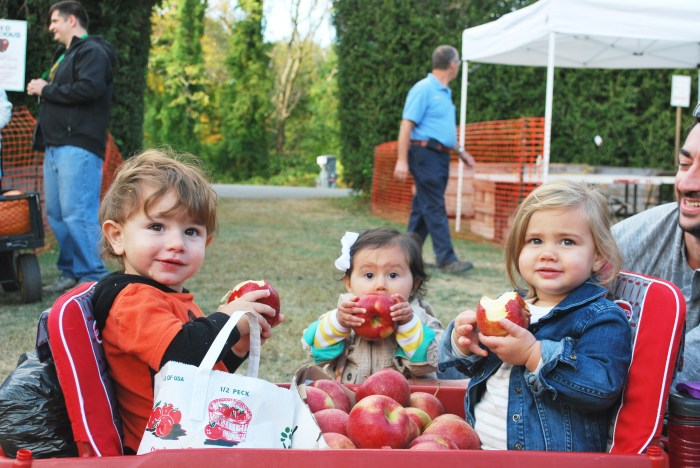
The impact of the festival is significant. Currently, Mill Neck School serves 110 students from 32 districts across Long Island and New York City. The organization’s adult services program reaches thousands more, offering job training, community habilitation and volunteer opportunities.
“Our adults volunteer at soup kitchens, food pantries and community events,” Charon said. “It gives them job training experience while also allowing them to give back to the community.”
But running such extensive programs comes with challenges. Charon acknowledged that like many nonprofits, Mill Neck has faced fundraising hurdles and uncertainties around government support.
“For us, fundraising is always a battle,” he said. “We need the help of people who are passionate about our mission to get involved, whether through donations or volunteering. At the same time, there’s always a looming threat of cuts to Medicare, which could affect our programs. It’s something we’re constantly mindful of.”
Despite those challenges, the Apple Festival has remained a beacon of community spirit. The event offers something for everyone: seasonal foods, artisan vendors, children’s activities and live entertainment. For many in the deaf and hard-of-hearing community, it also serves as a reunion.
“It is a homecoming,” Charon said. “Deaf and hard-of-hearing families come from across Long Island and the five boroughs. The festival has this incredible community feeling. It’s a wonderful fall tradition and, at the same time, it’s for such a great cause.”
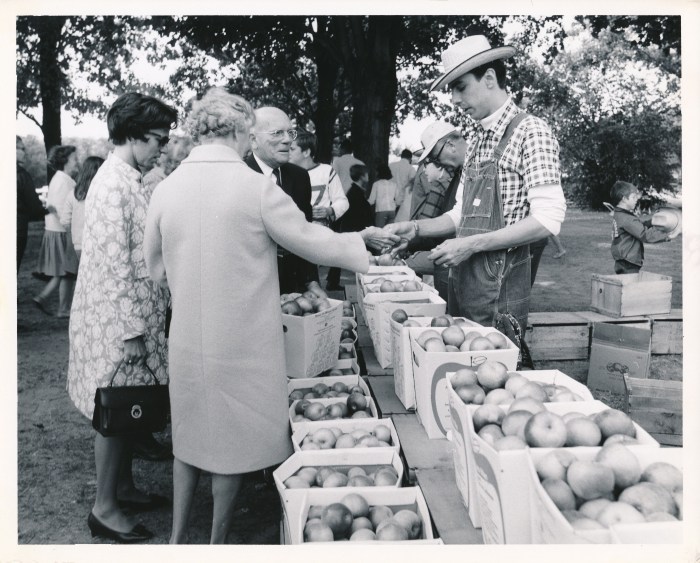
Looking ahead, Mill Neck hopes the festival and its revitalized orchard will open new avenues for education and partnerships. Charon envisions collaborations with local nurseries, schools and even agricultural groups like Cornell Cooperative Extension to expand opportunities for students and adults.
“We want to make the orchard an educational tool for the children in our school and also a vocational job training opportunity for the adults in our program,” he said. “It’s about sustainable living, growing healthy food and getting the community involved.”
As Mill Neck prepares to welcome thousands to its campus this October, Charon said the festival remains as meaningful as ever.
“I’ve been going for 40 years and I can honestly say it’s just a wonderful experience,” he said. “It’s apples, crafts, food, music and fun, but at its core, it’s about changing lives.”
The Mill Neck Apple Festival will run from 9 a.m. to 4 p.m. on both days. Admission fees and all proceeds go directly to the Mill Neck Family of Organizations.
Visit millneckapplefest.com for more information.
